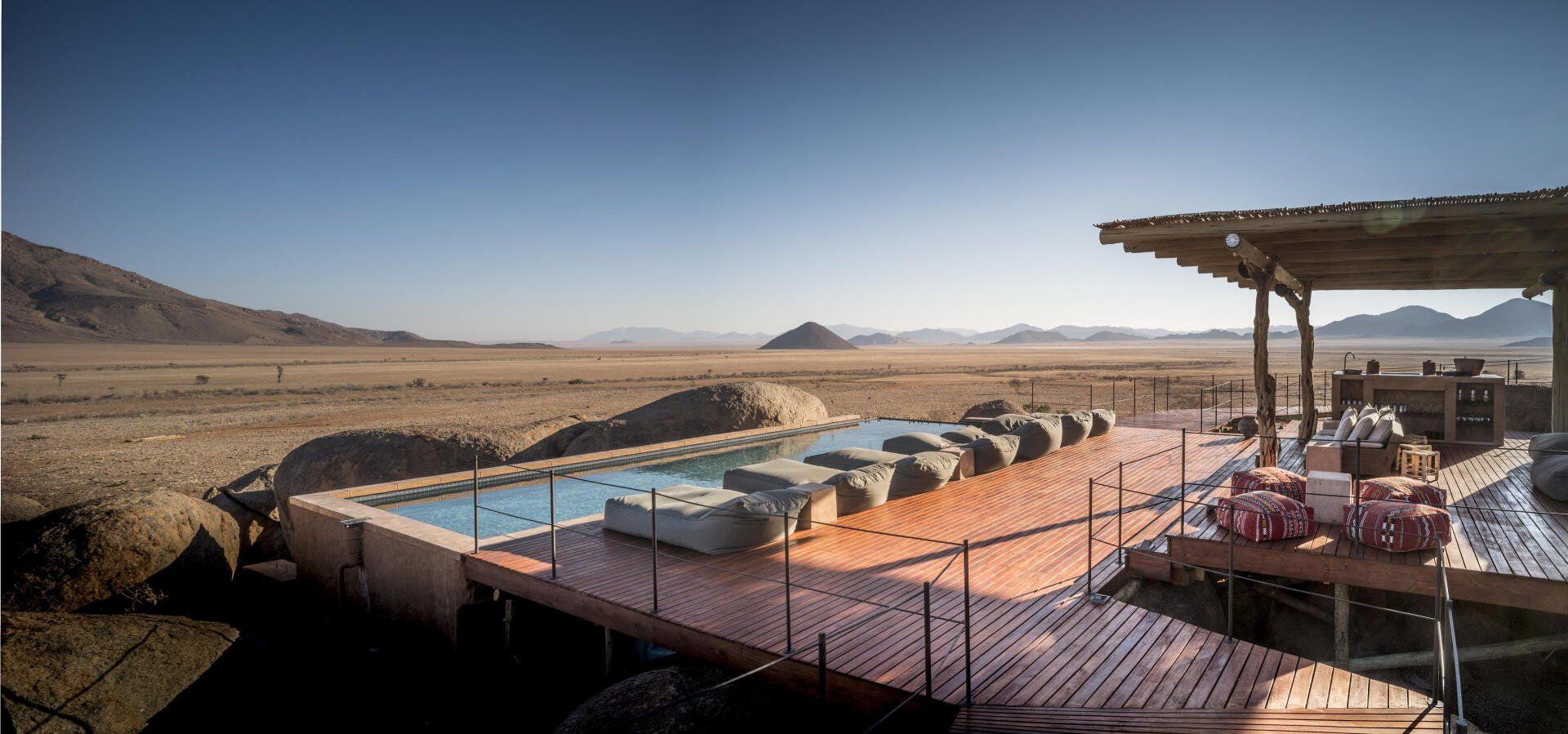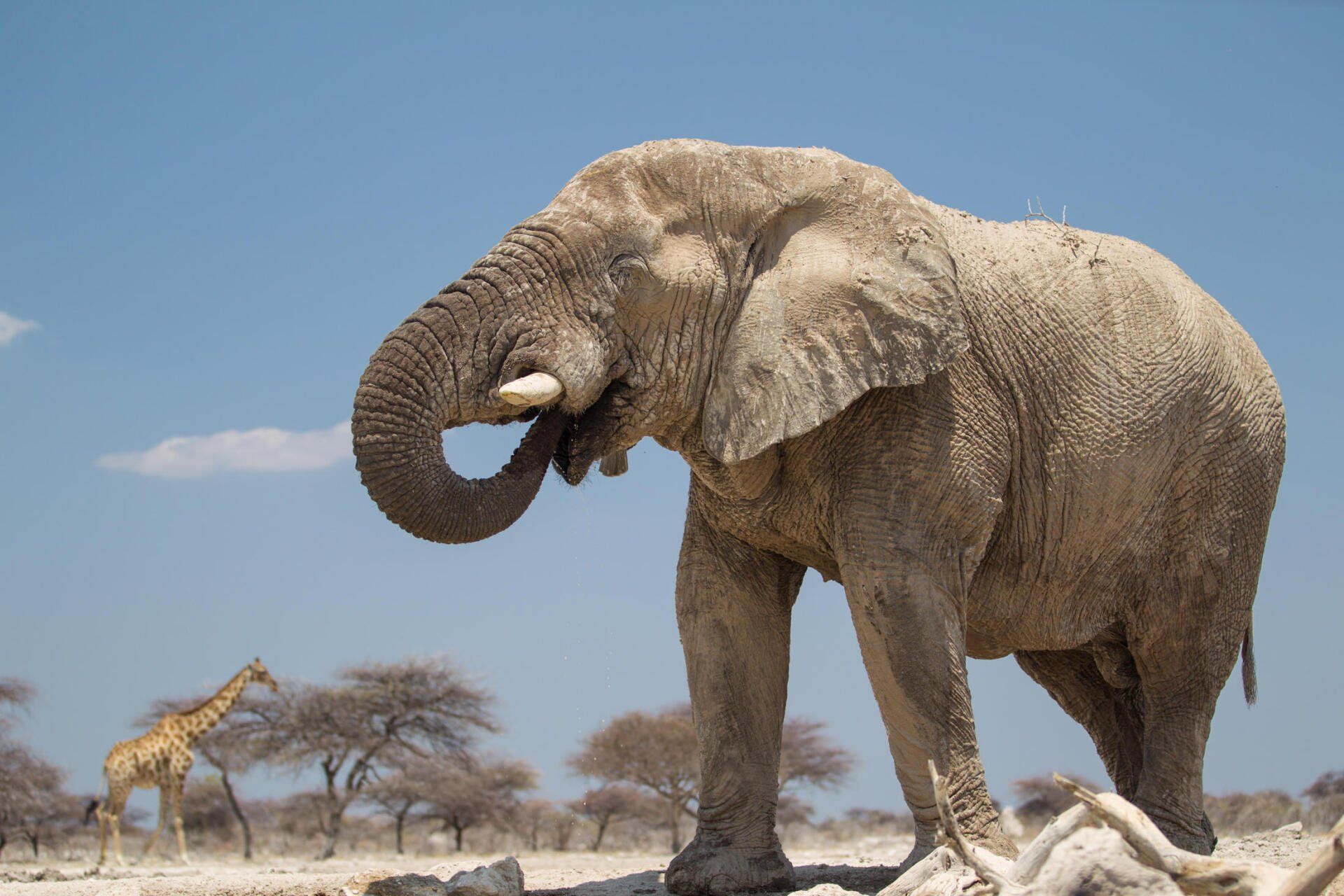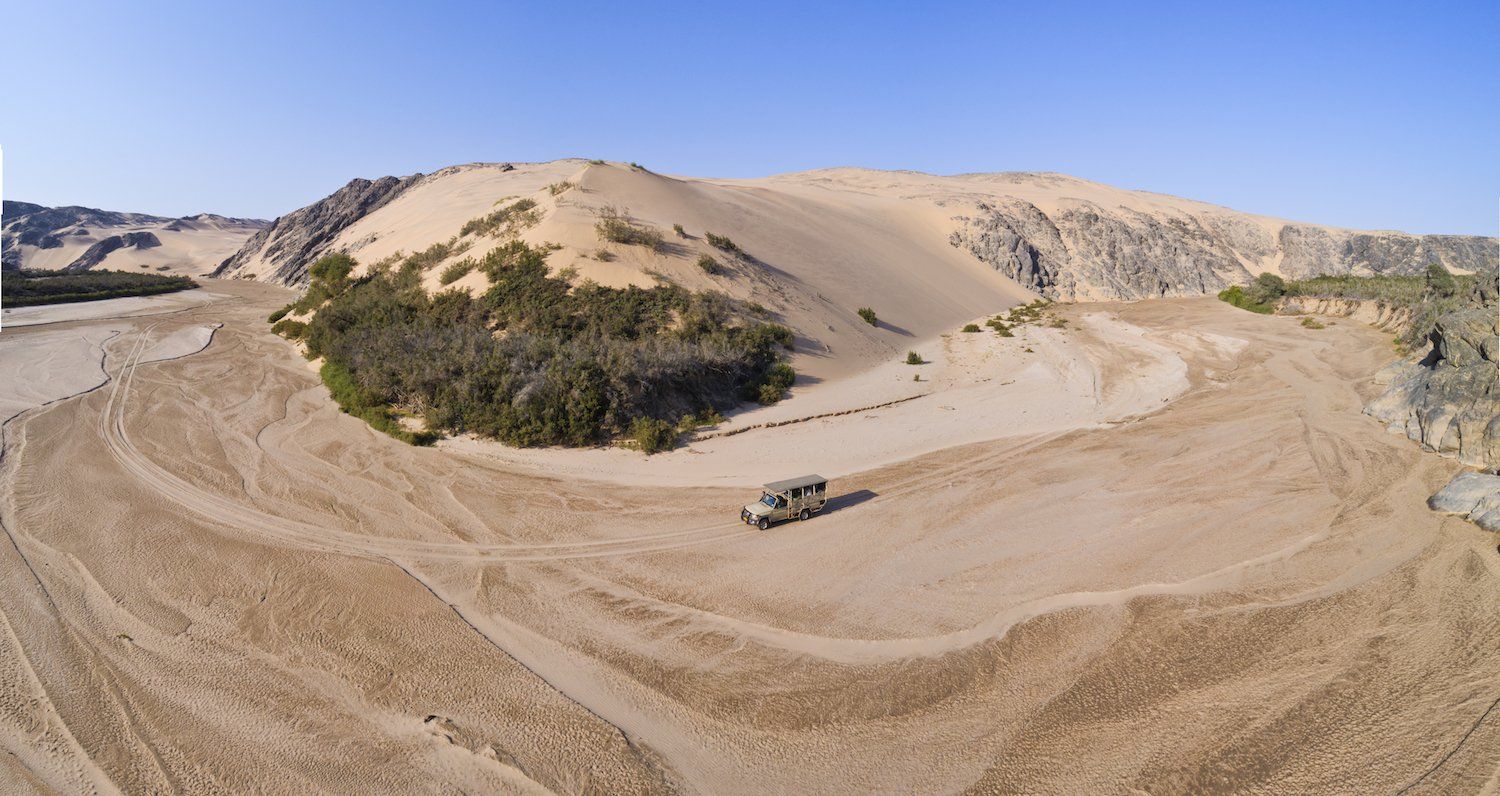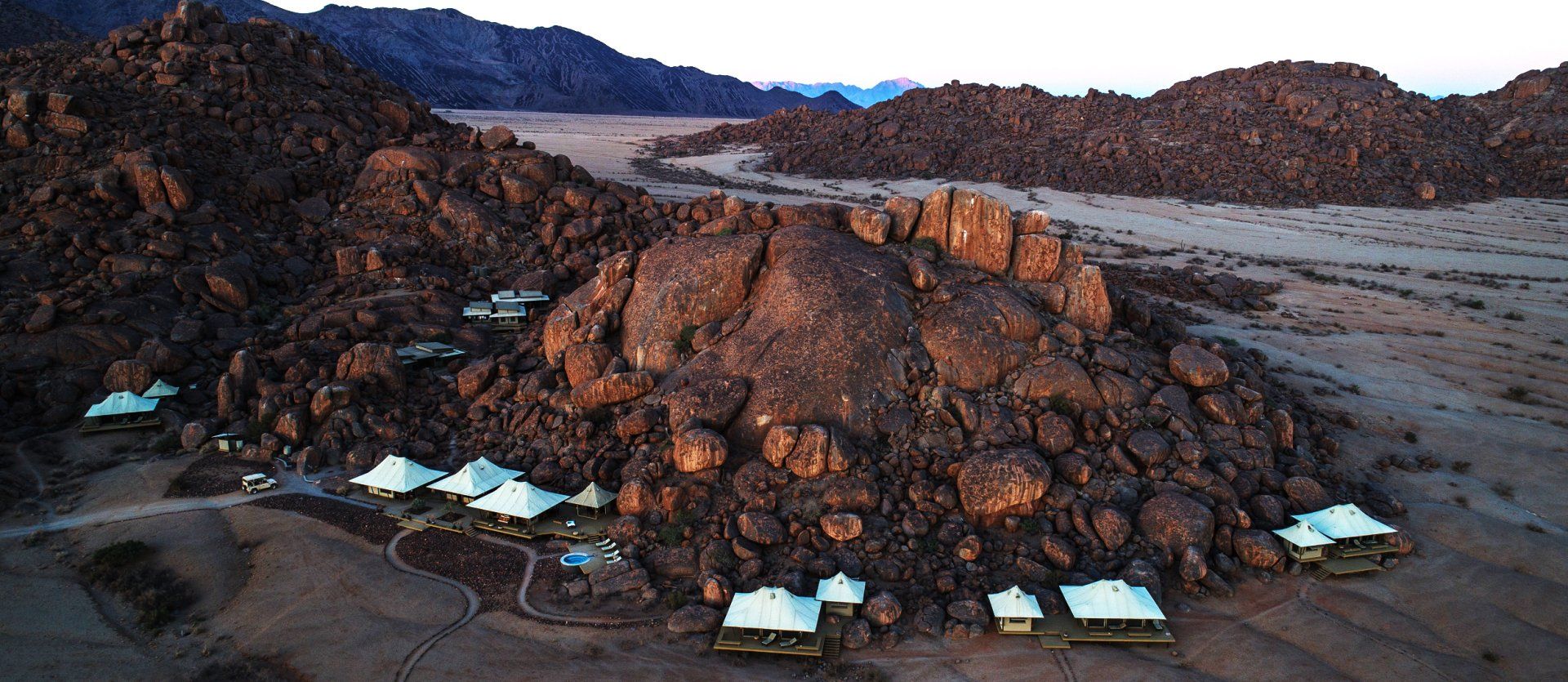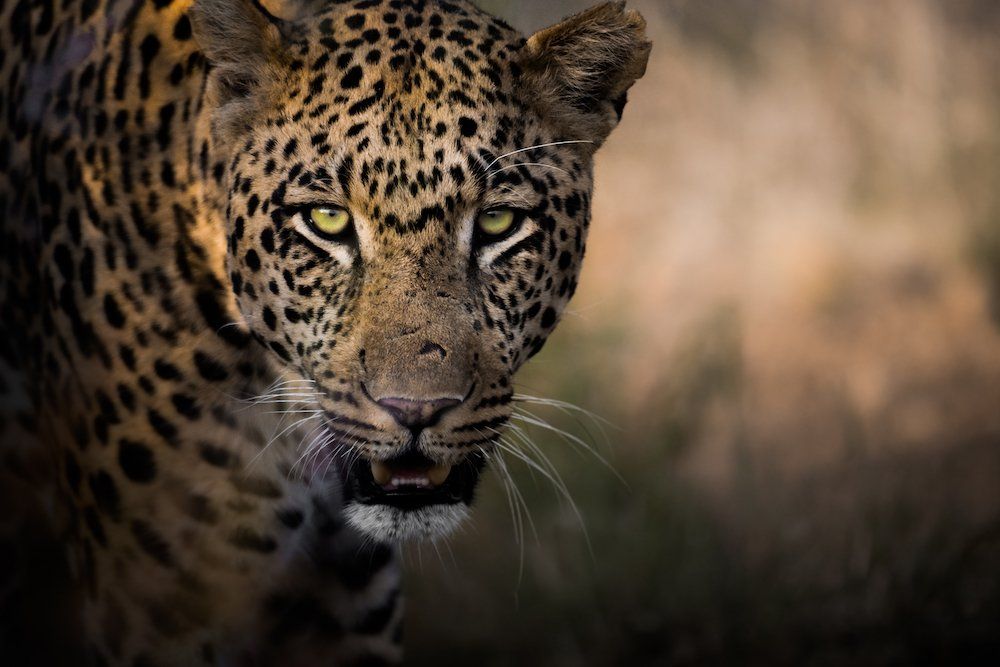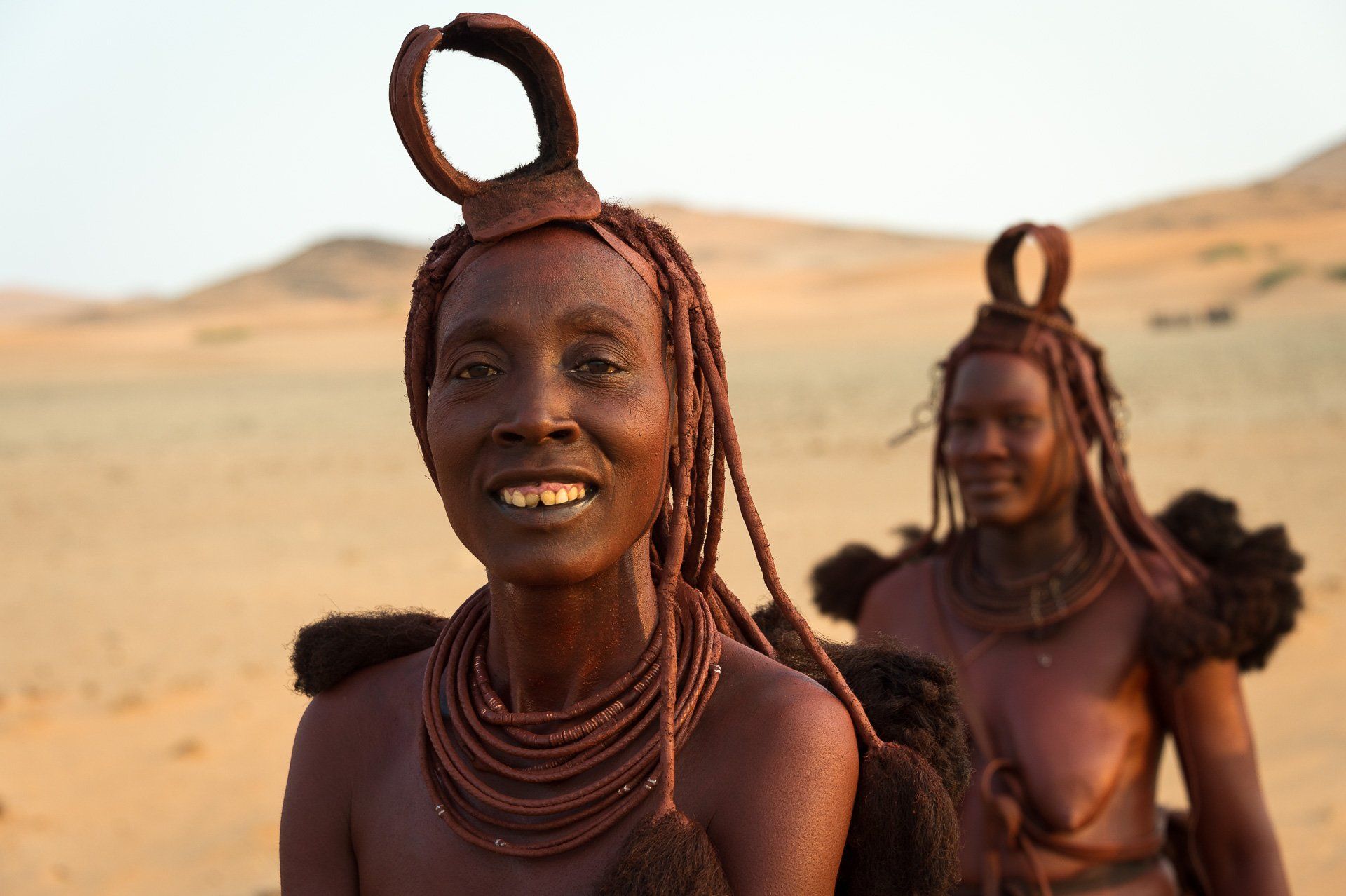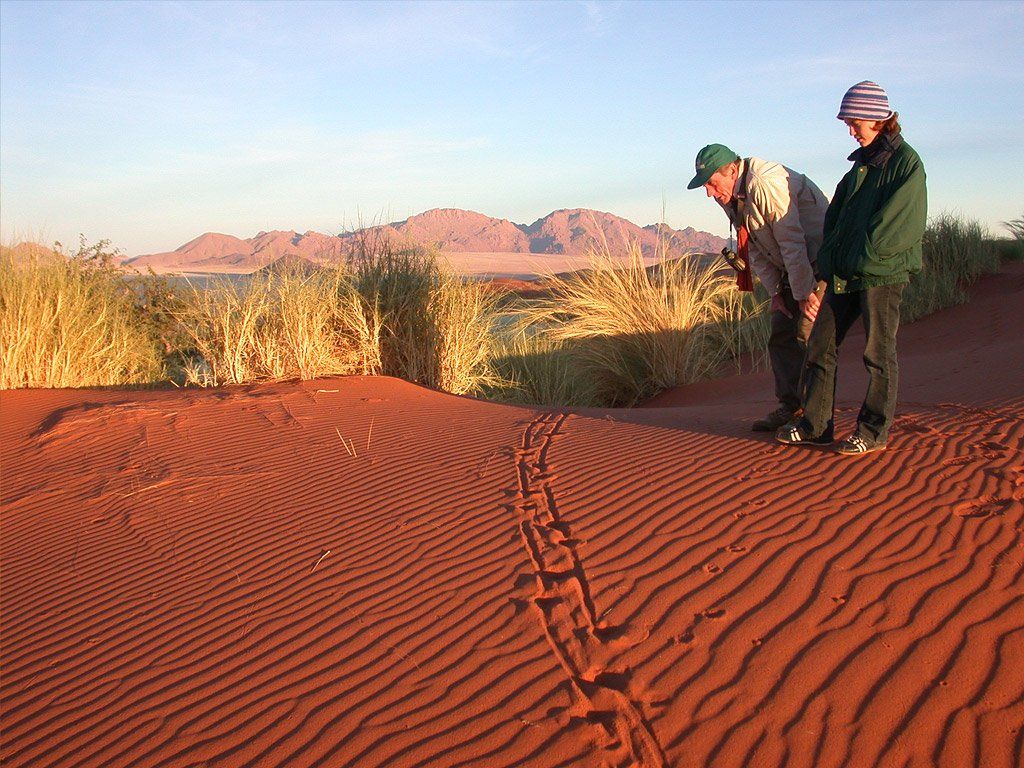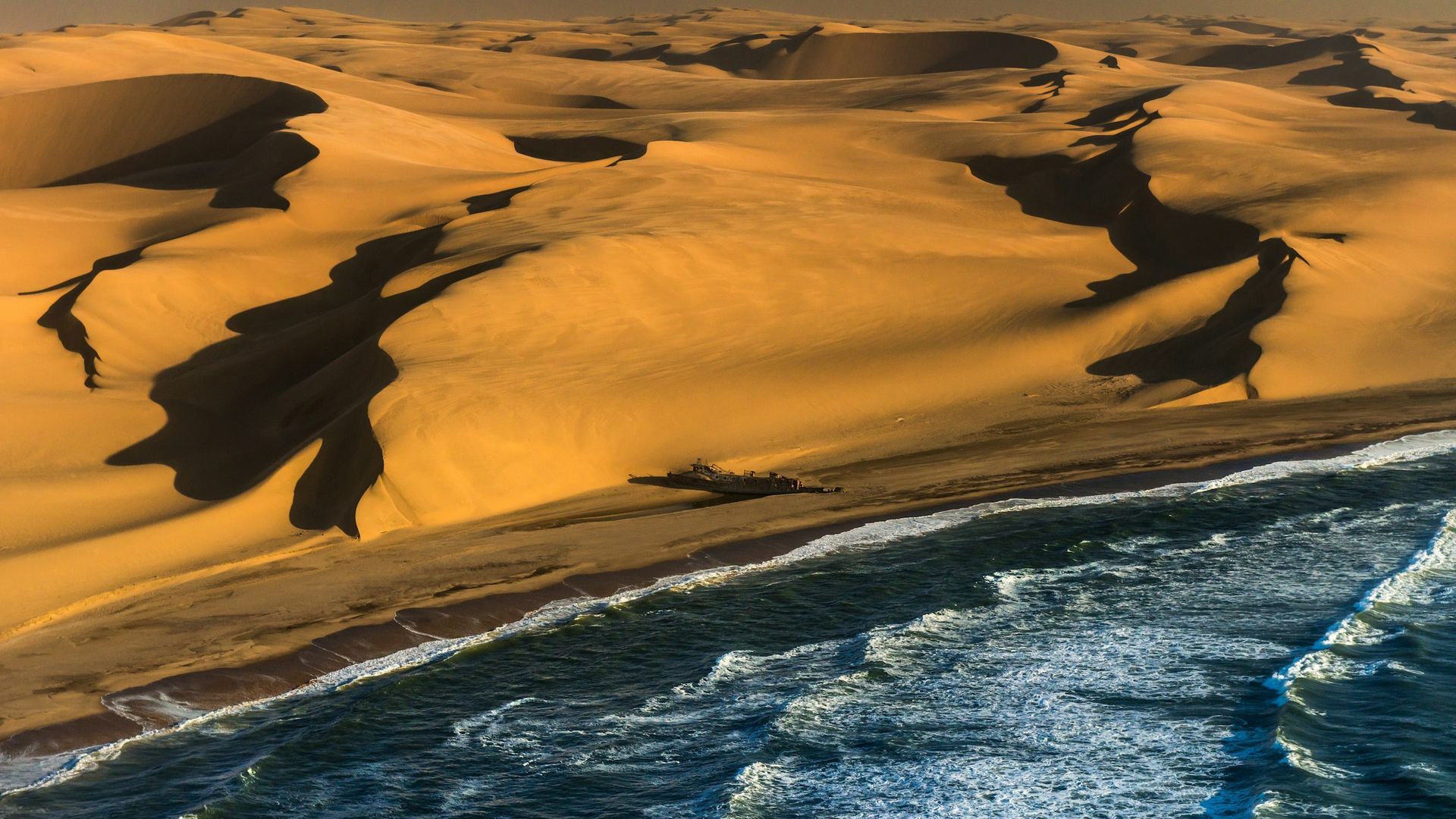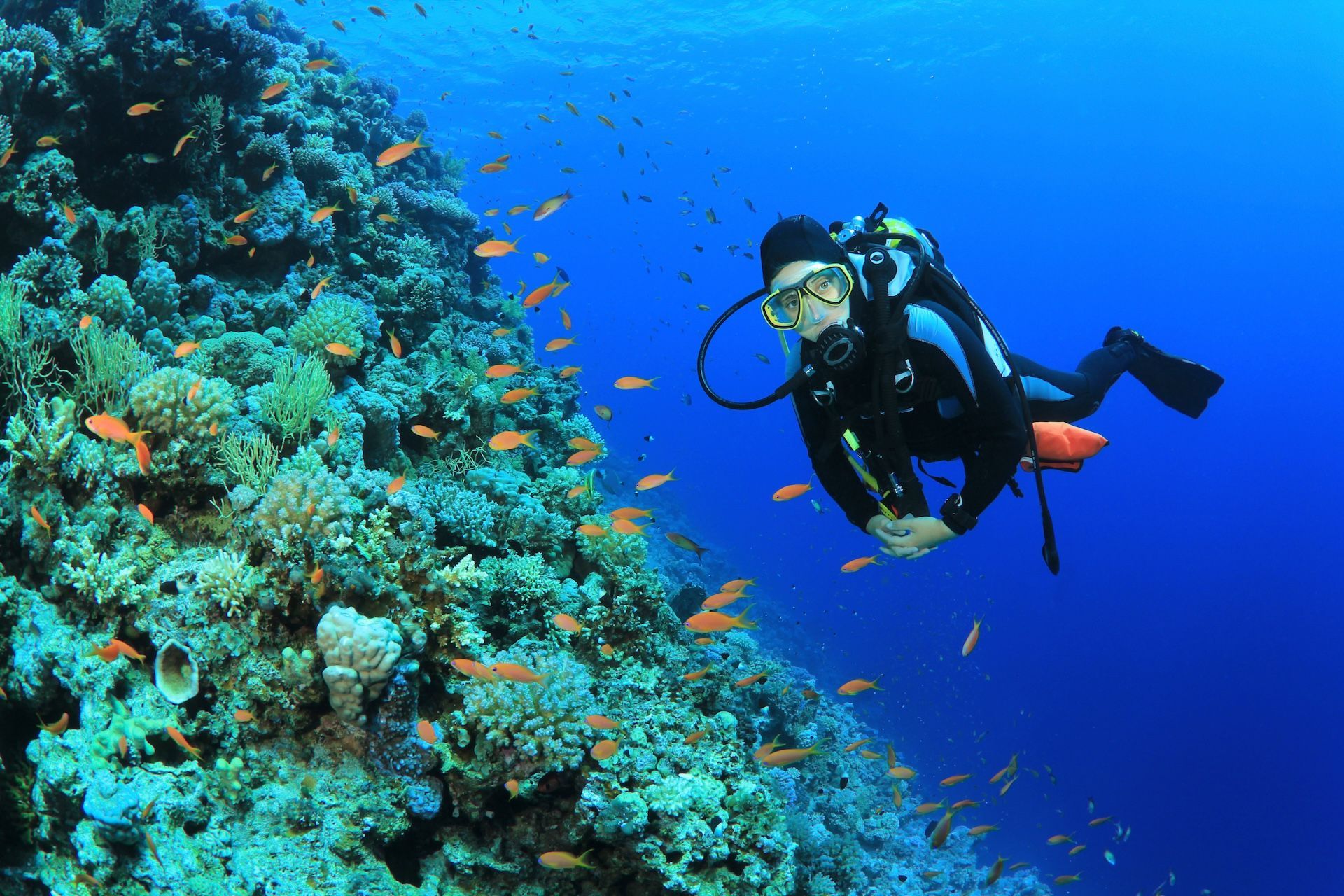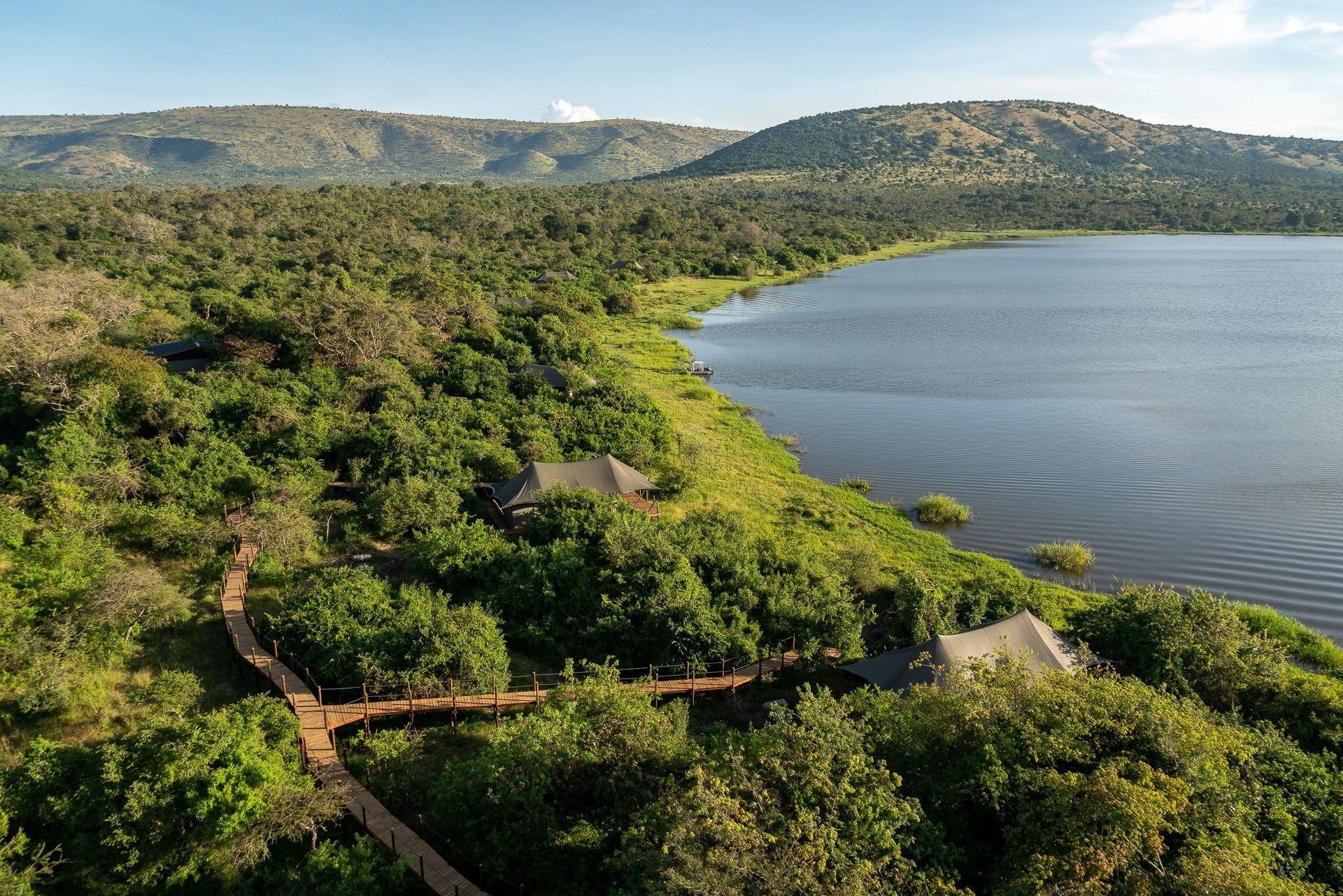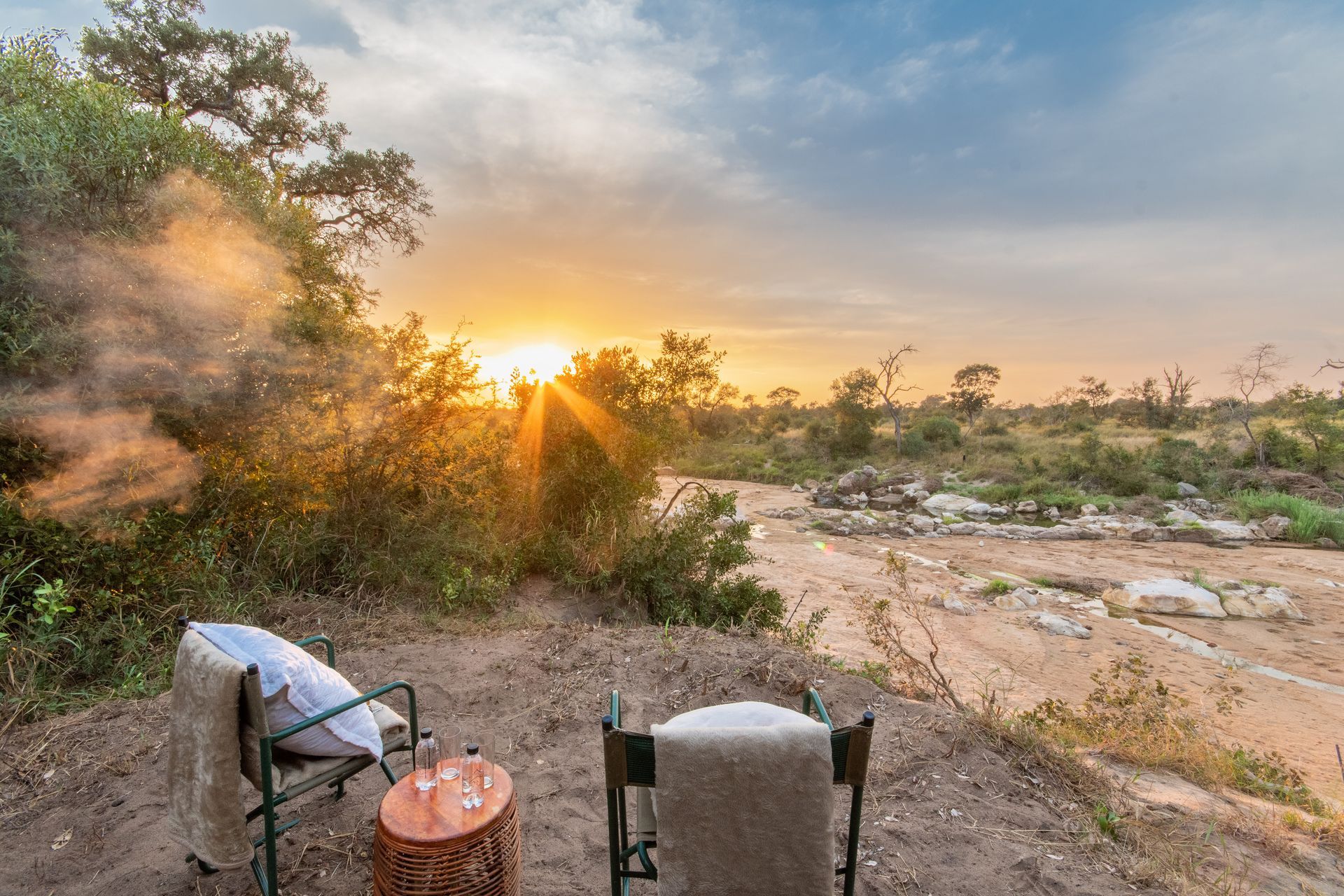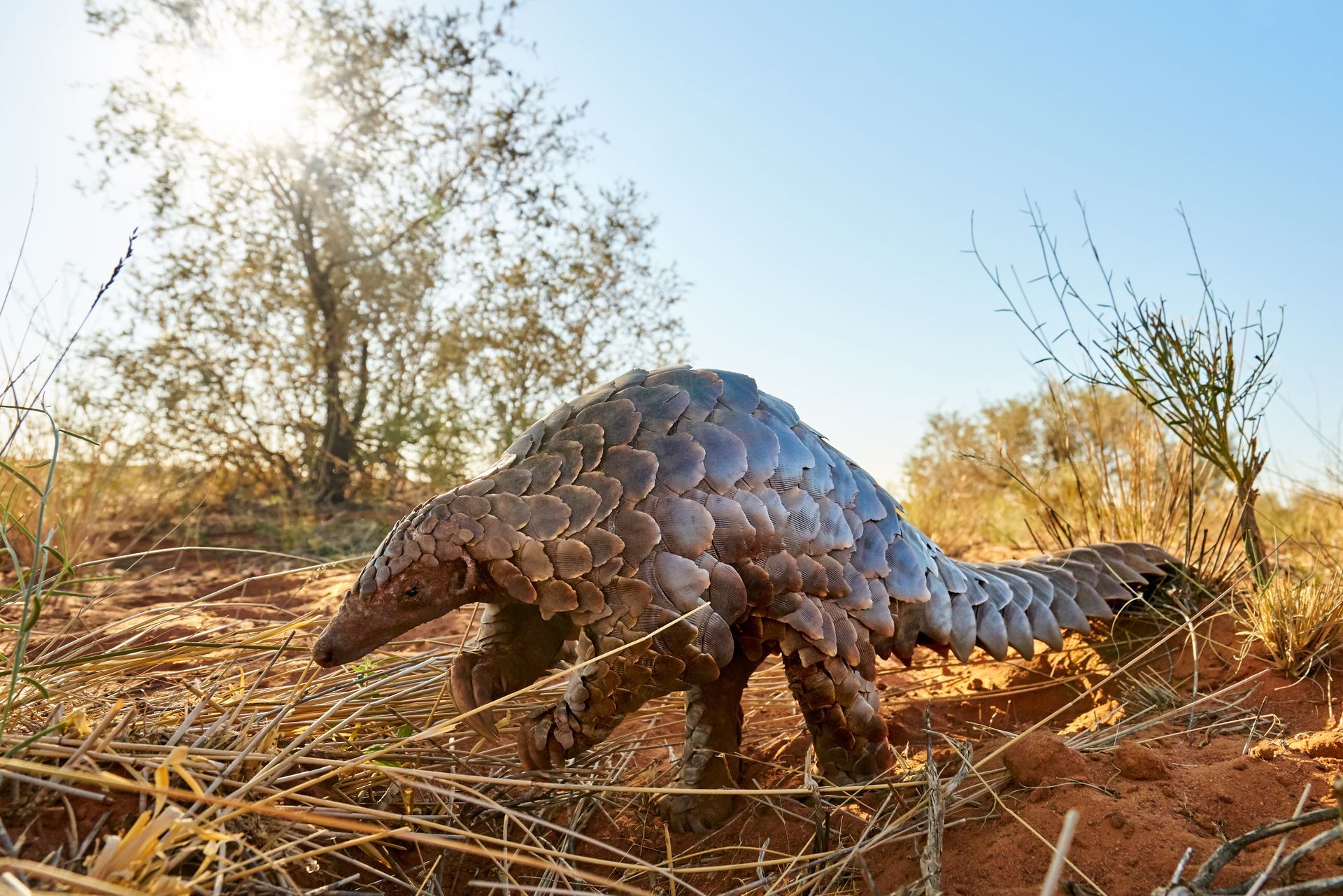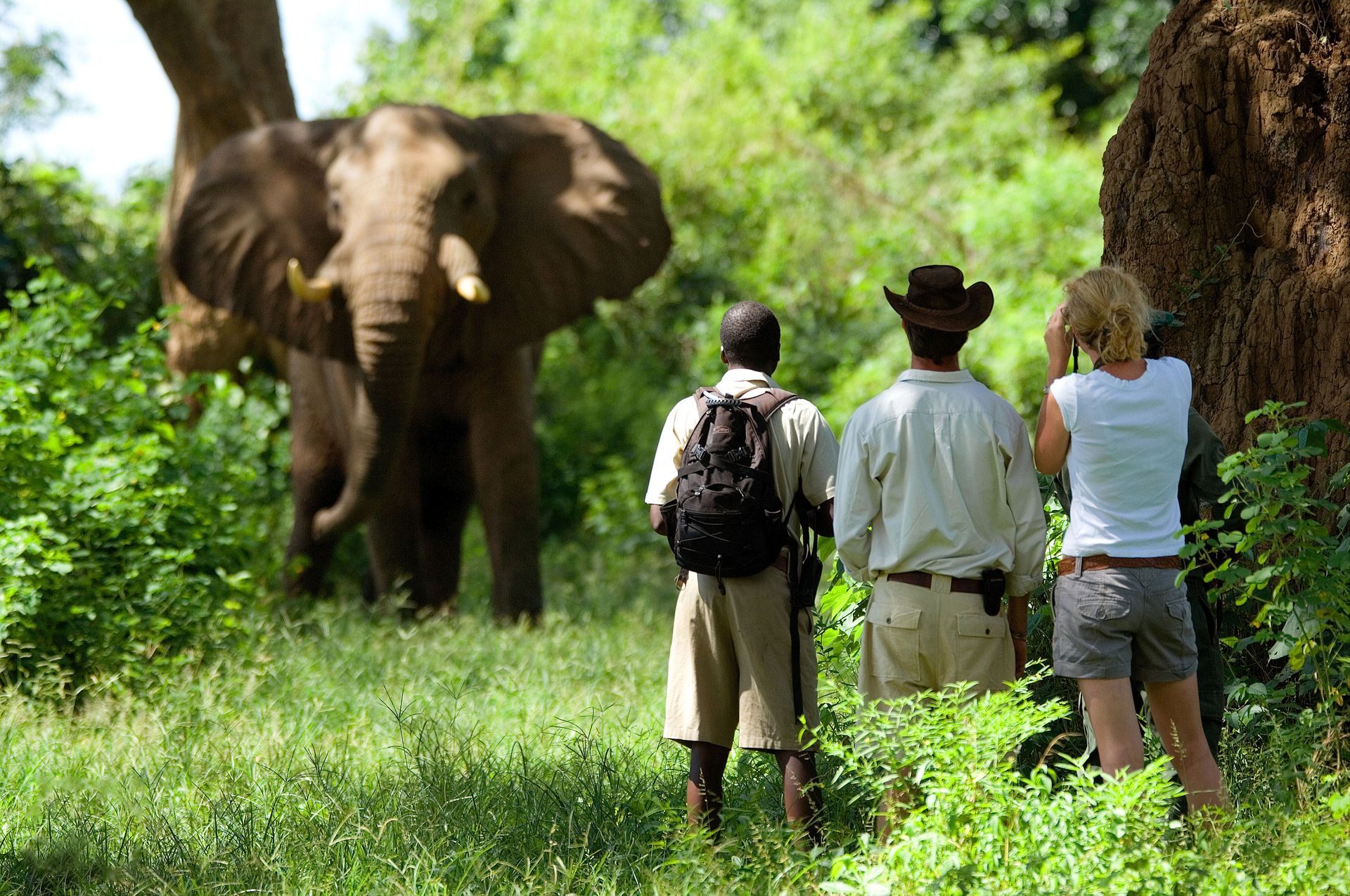SAND BEYOND... WHY NAMIBIA ROCKS OUR WORLD!
Heaven awaits in the land God made in anger... (or did he?)
To be truthful we don't know whether the maker really was that irate when Namibia was revealed to a waiting world because it's got so much going for it, not the least of which is the tendency to come over all "Dune"-like and be convinced your destiny awaits in the vast, ancient sands of the Namib. The spice melange may be fictional, but the intoxicating power of the desert is undeniable...
Yup. Hollywood put desert power on top of the world's travel lists thanks to the blockbuster "Dune". Of course, we already knew how spectacular sand (like, LOTS of sand) can be before the world's eyes went all blue and misty over Frank Herbert's literary masterpiece. Namibia has been topping the safari charts since way before Zendaya was a thing.
Deserts have been romanticised in modern literature and movie making for decades - think Lawrence of Arabia and Hidalgo if you need even more inspiration. Or even Matt Damon's ill-fated potato farm on Mars (filmed in Jordan's spectacular Wadi Rum). So Namibia must be pumping, right? Nope. Mass tourism hasn't found out about Namibia yet and that's the way we like it, all low-key, remote and off the Big Travel radar.
Packed with first-rate safari destinations, stunning wildlife and some of the most incredible scenery you'll find on this planet and several others besides, Namibia is vast and offers the chance to get so far off the beaten track that even those that do the beating can't find the track again. But we can, because we have Spidey senses when it comes to that sort of thing (yes, another movie reference - we're nerds and just can't help ourselves).
So let's give you a whirlwind (or sandstorm) tour of what we think makes Namibia the proverbial canine's gonads...
It's big. And sandy. And has great beer...
Windhoek. It's the capital city and the lager that's taken the world by storm. And usually the start and end point for safaris. It's got a big German history, as has the whole country thanks to its former colonists who um-pahed their way here in 1884, lasting till 1915 when South Africa marched in and occupied it during World War I, taking it over formally in 1920, when it became known as South West Africa.
It gained independence from South Africa in 1990 and adopted the name Namibia. The rest, as they say, is history. In Namibia's case it's a long and often turbulent one, so we'll park the lesson right here and let you do your own research. Just expect great wurst, apple strudel, fabulous beer and a distinctly German flavour along the way and you'll be fine.
Getting around Namibia is easy, even if only around 2% of the roads are tarred, and driving is an amazing way to explore and experience the true nature of this freakishly beautiful country and its truly wonderful people. But if sand roads and 4x4s are not your thing, then we'll fly you everywhere, even though sand roads and 4x4s are kind of the point of visiting a desert nation.
Namibia is a big place and there's a ton of places to visit and things to see, so buckle up buckaroos, and let's explore...
White elephants, burning mountains and rock pics...
The big thing about Namibia is that it's pretty much deserted (pun intended). Most of the almost 2,7-million population is based in and around a handful of cities like Windhoek, Walvis Bay, Swakopmund and Luderitz. Once you leave these there's pretty much no one around, save for really small villages and settlements. And some of the best game reserves in Southern Africa.
Top of the list is Etosha, whose gargantuan white clay pans stretch as far as the eye can see without watering in the glare. This national park is legendary for its white elephants - actually gray elephants who powder themselves with the fine white clay dust - and phenomenal concentrations of game around permanent waterholes. On its periphery are some of the country's finest private conservancies if you want to escape the crowds (NB: more than two people in one place constitutes a crowd in Namibia).
Damaraland comes next, with its apocalyptic landscapes and the highest peak in the country - the impressive Brandberg (or burning mountain). Geologically off the charts where stunning rocks are concerned, the area around Twyfelfontein is just jaw-dropping. Evidently the ancient bushmen thought so too and were considerate enough to leave postcards of what they saw carved into the rocks for us to enjoy untold thousands of years later. Animals, families hunting together... all laid out for history to interpret.
You can track desert elephants here. Indeed, Namibia is famous for its desert-adapted wildlife, from lions to rhinos and everything in between.
Exceptionally long beaches and painted people
Up to the Kaokaveld and Skeleton Coast we go, venturing to Namibia's far north close to its border with Angola, where a river slices through the dramatic, arid landscape and the people paint themselves red...
The Skeleton Coast is not for sissies. Or humans, really. It's one of the most remote and desolate regions on Earth that makes it easy to understand why early travellers felt forsaken by all that is holy when venturing along its infinitely long beaches, scattered with the bones of beached whales and, subsequently, rusting ships that fell foul of the treacherous Atlantic coastline.
Cape fur seals make their home here, as do the brown hyenas and black-backed jackals who scrape a living eating the remains of the seals' more feckless colony members. A short distance inland you'll find gemsbok (oryx), ground squirrels, springbok and scrub hares and a change in the landscape as you near the perennial Kunene River. This is the home of the Himba, whose women smear their bodies and hair with a paste made from butter, animal fat, ash and deep red ochre and never use water to wash, using smoke to stay fresh.
The world's biggest dunes and oldest sand...
From north to south, and the Namib - the world's oldest desert with the world's highest dunes. The Namib-Naukluft National Park is otherwordly in its landscapes and out of this world in the experiences it offers, starting with its star attraction - Sossusvlei.
This salt and clay pan has become known the world over thanks to the towering mountains of sand that surround it, hitting the 300m mark and more. Shaped by winds from all directions, the dunes hardly move so are constantly awesome. And big. You can climb Dune 45 if you're brave enough! It's the only dune you're allowed to climb, so go for it!
Next to Sossusvlei is Dead Vlei, a stark, white pan dotted with 900-year-old dead camel thorn trees. Visit them both in the early morning because the temperatures here regularly hit 40 deg C by 9am! While here, it's worth paying a visit to the old settlement of Solitaire to indulge in some of the best apple pie you'll ever eat. Anywhere.
Much more...
We can give quick mentions to the ghost town of Kolmanskop, the Fish River Canyon, wild horses of the Namib, but to really appreciate Namibia you just have to go there. So let's talk and in the meantime, check out this awesome itinerary!
Text: Sharon Gilbert-Rivett
